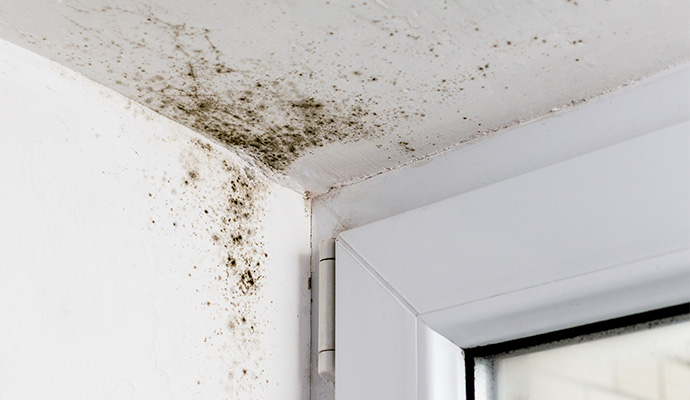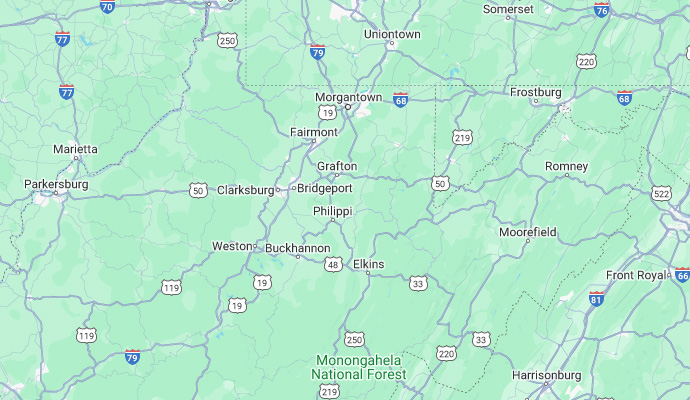6 Signs of Mold in House
The thought of an unknown mold infestation in your house may provoke an immediate reaction of fear, but rest assured – the following six warning signs of mold in house may warn you of existing problems before the it poses an even greater risk to you and your home.

Often mold secretes a distinct odor described by many as musty, damp or earthy. Similar in smell to mildew, this odor is a sign there could be mold growing somewhere in your home. When it comes to mold growth, one thing is certain – just because you can’t see it doesn’t mean it’s not there.
A more obvious sign of mold in the house is visible mold growth. However, many homeowners often mistake mold growth for a substance that resembles dirt or soot. Even if you question whether or not the substance growing in your home is mold, you should take immediate action.
Small mold growth is a sign that conditions are perfect for a widespread mold infestation in your home. In more serious cases, small amounts of visible mold mean larger mold colonies are spreading in non-visible areas.
It’s important to keep in mind that mold isn’t always green or black; mold can look white or gray and can even appear orange, pink or purple behind certain wallpapers.
Any form of long-term moisture problems in your home will likely lead to mold growth. If you don’t know the history of potential water issues in your home, look for warning signs such as water stains, wall or ceiling discoloration, and warped or discolored floors.
Often, the texture of your walls or ceilings may be trying to warn you of mold growth as well. Watch out for any dampness, peeling, bowing, bubbling, cracking or bulging in your wallpaper – telltale signs that moisture has been lurking within your home.
Leaking sinks, ceilings and pipes are common causes of mold growth if left untreated. This often causes mold to grow in inconspicuous places around your home. Whether they’re behind a wall or another surface, water leaks need to be taken seriously and mandate further investigation for mold growth in the surrounding area.
If your glass windows and pipes are showing signs of condensation or if you notice increasingly rusting metal pipes, there could be excess moisture in your home, leading to a potential mold problem. Higher humidity levels that cause these levels of condensation feed mold spores and are warning signs of future mold growth.
If you know your house has experienced past flooding issues, it’s a good sign that mold has started to grow somewhere in your home – especially if the flooding issues weren’t immediately tended to. Mold can exist even if you can’t see it, so it could be lurking beneath floors, behind walls or in other locations where water was stagnant the longest.
Do you experience frequent headaches, an inability to focus, memory loss or dizziness? The toxic substances of mold can cause these symptoms in addition to allergic reactions or – in more severe cases – asthma attacks. Those with weak immune systems are especially susceptible to the health risks associated with mold.
If you are experiencing one or more of these signs of mold in your house, be sure to take immediate action and contact a professional, such as Crossroads Property Rescue, for further inspection and/or remediation. We provide emergency property restoration and decontamination services to Morgantown, West Virginia and the tri-state area of Southwestern Pennsylvania, Western Maryland and all of Northern West Virginia. We’re available 24/7 at 304-513-4540.

